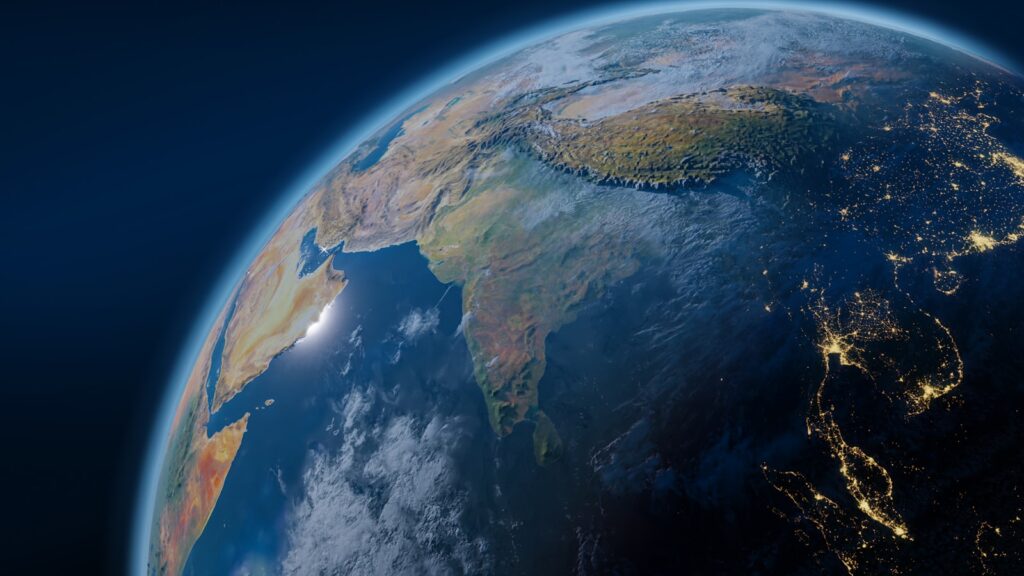Imagine a world where the relentless hum of human activity suddenly falls silent. A world where our sprawling cities stand empty, our vast farmlands lie untended, and the intricate web of our civilization unravels overnight. It’s a profound thought experiment, one that has captivated thinkers for centuries, from ancient myths pondering societal dissolution to modern environmentalists seeking to understand our species-level legacy.
While we can only speculate about the precise circumstances of such an event—perhaps a particularly deadly, Homo sapien-specific virus or a more drawn-out decline brought on by unfettered climate change, escalating conflict, and collapsing food supplies—the question remains: what happens next? What would become of Earth if the geologically brief moment of human dominance were to simply end? This isn’t just a dystopian fantasy; as Alan Weisman, an environmental journalist and author, notes, considering “Earth after us” offers “a realistic understanding of all the ways we’ve shaped and changed the planet.”
By stepping back and visualizing a planet unburdened by our presence, we gain invaluable perspective on our environmental footprint and the incredible resilience of nature. It’s a journey into a future where the wild reclaims its domain, where ecosystems heal, and where life, in its myriad forms, reasserts its profound and ancient rhythms. Let us embark on this imaginative exploration, guided by scientific thought and ecological insight, to understand the transformative shifts that would begin to unfold almost immediately.

1. **Greater Biodiversity**In a world where humans never existed, one of the most striking changes would undoubtedly be a dramatic increase in biodiversity. Our species, through activities like “hunting, deforestation, and pollution,” has inadvertently led to the extinction or endangerment of countless species across the globe. Without these profound anthropogenic pressures, the planet would witness a remarkable resurgence of life, with numerous species not merely surviving but flourishing in their natural habitats.
This enrichment wouldn’t just be about the sheer number of species present; it would also signify a much richer tapestry of genetic diversity within populations. Healthier, more varied genetic pools would lead to more resilient and adaptable species, better equipped to face environmental changes naturally. The intricate ecological interactions that define vibrant ecosystems would become more complex and dynamic, with nature’s own processes dictating a delicate balance rather than human intervention.
Such a truly wild and unaltered natural world would offer an astonishing glimpse into the full spectrum of evolutionary creativity and ecological interdependence. From the smallest microbes to the largest apex predators, every organism would contribute to a self-regulating system, demonstrating nature’s inherent capacity for complexity and abundance, free from the burdens we currently impose.
Read more about: Beyond the Horizon: NASA Supercomputer Unveils Earth’s Sooner-Than-Expected End, And What It Means for Humanity’s Future
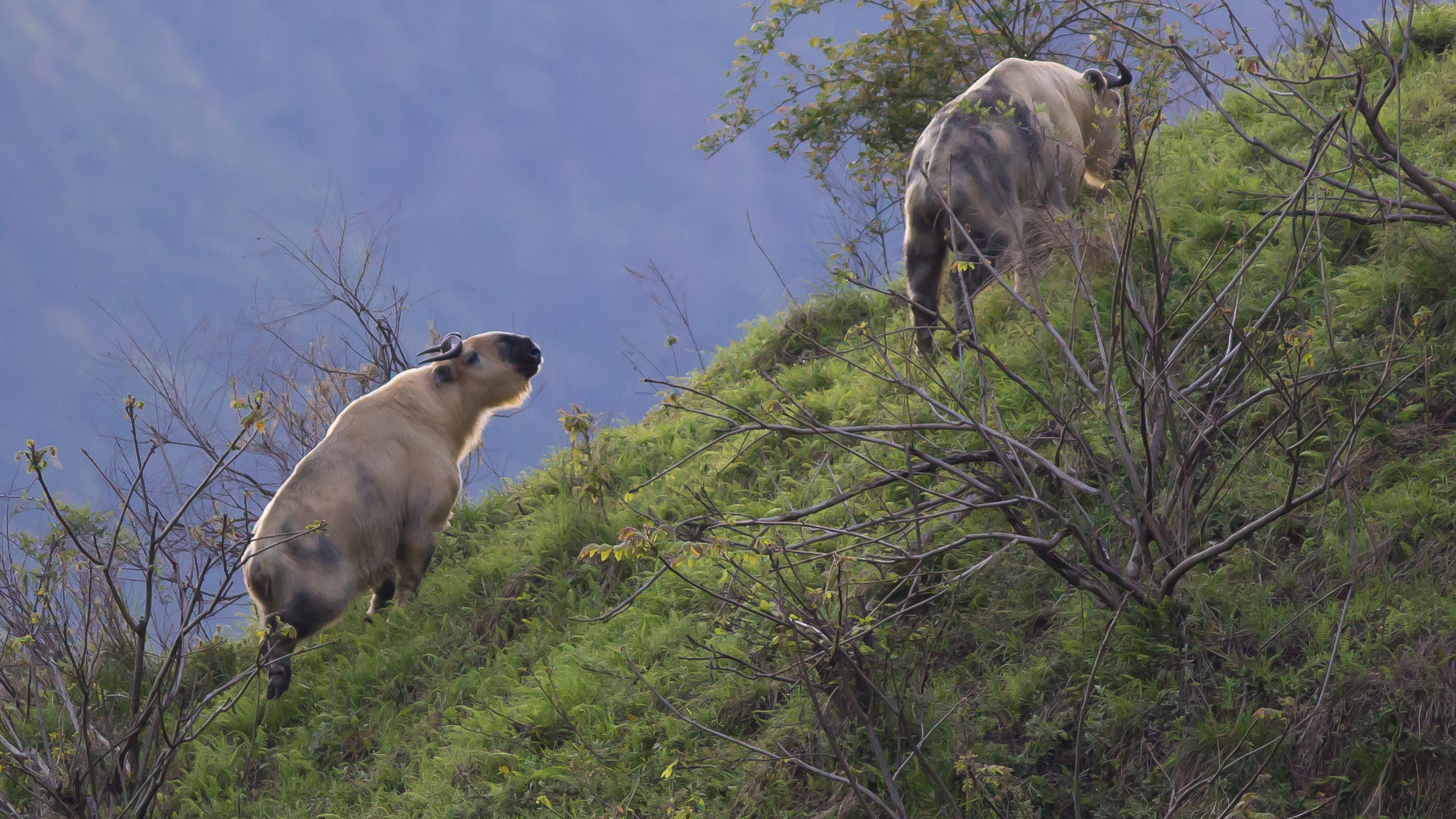
2. **Flourishing Large Mammals**Following closely on the heels of surging biodiversity would be the remarkable flourishing of large mammals, a truly prominent feature of an Earth untouched by human influence. These magnificent creatures, which have historically faced severe threats due to “human activities such as hunting and habitat loss,” would reclaim their ancestral territories across various ecosystems worldwide.
Imagine regions like Europe, North America, and parts of Asia potentially hosting vast herds of elephants, prides of lions, and other formidable megafauna, reminiscent of the incredible wildlife diversity we currently observe only in select parts of Africa, like the Serengeti. Professor Jens-Christian Svenning of Aarhus University highlights this, noting, “Effectively, there used to be large animals everywhere, and there would be large animals everywhere around the globe without human involvement.”
The re-establishment and proliferation of these large mammals would have cascading and profound effects on the entire environment. They are often considered keystone species, playing crucial roles in maintaining ecological balance and shaping their habitats in ways that benefit countless other species. Their presence would lead to more robust and resilient ecosystems, characterized by intricate food webs and natural processes driving ecological dynamics, truly exemplifying a world where the grandeur of nature’s giants is fully realized.
Read more about: Beyond the Plate: 12 Staple Foods That Have Shaped Human History Since Ancient Times
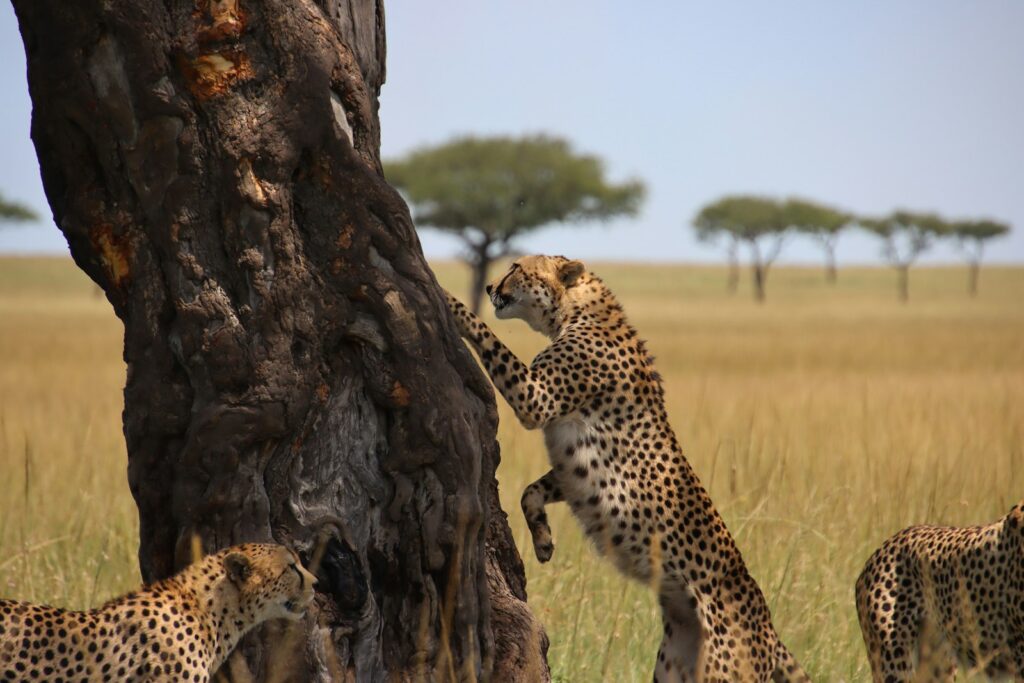
3. **Healthier Predator-Prey Dynamics**In a world completely devoid of human influence, the natural predator-prey dynamics would not only exist but would thrive as a critical aspect of ecosystem health and stability. Without the human-induced disruptions that currently plague many environments, such as “hunting, habitat fragmentation, or the introduction of non-native species,” these interactions would revert to the rhythms and rules established by nature over millennia.
Predators, often maligned or misunderstood in our narratives, play an absolutely essential role in controlling the populations of prey species. They prevent overgrazing, which can devastate plant communities, and help maintain the delicate balance of various ecosystems. This inherent natural regulatory mechanism would ensure that no single species dominates excessively, thereby preserving the diversity and richness that define healthy environments.
Furthermore, predators typically target the sick, weak, or aged individuals within prey populations. This selective pressure acts as a natural culling mechanism, contributing significantly to the overall health, genetic robustness, and evolutionary fitness of these species. In the profound absence of humanity, these intricate interactions would evolve without external pressures, leading to a more finely tuned and sophisticated balance, where every species, from the smallest insect to the largest carnivore, contributes to the overall integrity and resilience of the natural world.

4. **Absence of Domesticated Animals**A world where humans never existed would, by definition, lack the concept of domesticated animals as we understand them today. Species such as dogs, cats, cows, and horses, which have undergone significant and often dramatic changes through centuries of selective breeding by humans, would either not exist in their current forms or would persist solely as their original, wild ancestors.
Consider dogs, for instance: they would not have evolved from their wolf ancestors into the astonishingly diverse breeds we know today, each tailored to specific human needs or aesthetic preferences. Instead, these ancestral species would continue their natural evolutionary paths, uninfluenced by the desires and interventions of human beings. The same applies to farm animals like cows and sheep, whose existence and forms are deeply intertwined with human agricultural practices.
This fundamental lack of domestication would carry significant ecological implications. The wild ancestors of these animals would naturally fill their respective roles in the ecosystem, contributing to overall biodiversity and ecological balance in ways distinct from their domesticated counterparts. The ecological niches currently occupied by vast populations of farm animals would instead be filled by other wildlife, leading to entirely different dynamics and interactions, and showcasing a truly untamed, natural world devoid of our shaping hand.
Read more about: The Algorithmic Battlefield: A Deep Dive into the US-China AI Arms Race and the Urgent Call for Global Governance

5. **Expanded Forest Cover**In a scenario where humans never existed, the Earth’s landscapes would be profoundly different, most notably in terms of its forest cover. Vast expanses of land currently dedicated to “agriculture or urban development” would remain as untouched forests, leading to a significantly greater global forest cover. These pristine forests would not only be more expansive but also far more diverse, encompassing an unparalleled range of forest types, from the lush tropical rainforests to the resilient temperate deciduous and vast boreal forests.
Such extensive forest cover would act as a vital haven for countless species, supporting rich and complex ecosystems teeming with an astonishing array of life. The dense foliage, multi-layered canopies, and varied undergrowth of these immense forests would create an incredible number of diverse habitats and microhabitats, perfectly catering to the unique needs of a breathtaking variety of plant and animal species, fostering unparalleled biodiversity.
Beyond their role as biological hotbeds, forests are indispensable to the Earth’s climate system and the global carbon cycle. With more forests actively growing and thriving, there would be a substantially greater capacity for atmospheric carbon sequestration, potentially leading to significantly different atmospheric carbon dioxide levels and more stable climate conditions than those we experience today. These vast, uninterrupted forest landscapes would serve as a powerful testament to the profound impact of human absence on the planet’s green mantle, showcasing a world where nature’s complexity and beauty are expressed in their fullest form through lush, thriving, and ancient woodlands.
Read more about: The Great Vanishing: Unpacking the Ever-Changing World of ‘Cults’ – From Ancient Rites to Modern Controversies

6. **Prevalence of Wetlands and Grasslands**Complementing the expanded forest cover, a world untouched by human intervention would also see wetlands and grasslands occupy a far more prominent and extensive role in the planet’s ecosystems. These crucial natural areas, which have been “frequently drained, converted for agricultural use, or developed for urban expansion by humans,” would exist in their natural, undisturbed states, stretching across continents.
Without the constant pressures of human development and alteration, wetlands would reclaim their essential functions as natural filters, flood regulators, and critical habitats for migratory birds, amphibians, and a specialized array of plant life. Their pervasive presence would ensure healthier water cycles and provide unparalleled ecological services that are diminished in our current human-dominated world.
Similarly, vast grasslands, free from conversion to monoculture crops or overgrazing by domesticated animals, would thrive. These “seas of grass” would support immense populations of herbivores and their predators, mirroring the rich ecological dynamics found in places like the Serengeti. They would play a vital role in soil health, carbon storage, and supporting the diverse food webs of open environments. The widespread prevalence of these natural habitats would underscore how fundamentally human actions have reshaped the very surface of our planet, and how quickly nature can revert to its original, complex, and wild state.

7. **Rapid Degradation of Human Infrastructure**As the last echoes of humanity fade, the elaborate systems defining our modern world would rapidly begin to unravel, succumbing to nature’s relentless forces. Without constant human oversight, water and electricity would cease to flow through pipes and wires almost immediately. Our vast network of gas and coal power plants, reliant on fuel and operators, would quickly fall silent, plunging urban centers into darkness.
Subterranean infrastructure would face swift, dramatic consequences. Intricate subway and traffic tunnels beneath major cities, kept dry by pumping systems, would inexorably flood. In humid environments, interior drywall would quickly succumb to mold. Storms would bring down trees, crushing roofs, while fires, sparked by lightning or industrial failures, would burn unchecked, transforming landscapes without intervention.
Structural integrity of buildings would face immediate challenges. Earthquakes in seismic zones would hasten the wearing down and eventual toppling of structures. Vining plants would cover walls, pushing apart bricks and siding, reclaiming vertical spaces. Wooden structures, the vast majority of residential buildings, would rot with alarming speed, particularly in wet climates. As Carlton Basmajian notes, “Anything wood, especially in a wet climate, is going to degrade pretty quickly.” Even creosote-soaked telephone poles, seemingly robust, are estimated not to last more than 20 years, with newer constructions falling apart even faster due to lighter, lower quality materials.
Read more about: Revealing the Impact: 13 Celebrity Financial Pledges That Are Truly Shocking in Their Scale and Vision

8. **The Slow Collapse of Durable Structures and Roads**While wooden buildings might rapidly decay, some human constructions would initially prove more resilient, yet their fate, too, is ultimately one of ruin. Mid-century steel and glass skyscrapers, admired for their enduring strength, would last longer than their wooden counterparts. However, this endurance would not be indefinite, especially considering the inevitable flooding of subterranean tunnels, which could collapse streets and inundate foundations, undermining even the most impressive edifices. For instance, the Empire State Building, though anchored to bedrock, could see its supports corrode if water seeped into its lower levels from train tracks beneath West 33rd Street, as Basmajian speculates.
The most tenacious structures, according to both Basmajian and Alan Weisman, would be those built from sturdy stone. These ancient-inspired buildings would remain standing the longest, a testament to durable natural materials. Nevertheless, over a few centuries, most municipalities would inevitably fall into visible ruin, gradually resembling abandoned monuments of fallen empires like the Roman, Ancient Egyptian, or Incan civilizations. The processes of decay, Basmajian observes, take hold surprisingly quickly; abandoned parts of some American cities show “houses are caved in, streets are cracked, trees grow through structures,” all within a mere decade or two.
Of all surface-level human infrastructure, Basmajian suggests roads would prove the most persistent signs of civilization. Major highways, particularly those traversing dry, non-seismic areas, would linger. While they would crack as the planet shifted, their “so big and so over-engineered” nature, as he states, would allow them to persist for extended periods. Yet, even these would eventually yield. Jan Zalasiewicz estimates that in less than a million years, “surface evidence of humans would be gone or difficult to recognize,” though some artifacts like bronze sculptures, ceramic pots, and gold ingots might remain buried. Furthermore, other signs would remain sub-surface; ‘technofossils,’ made of durable metals and plastics, alongside fossil evidence of the mass extinction and climate change humans precipitated, would all become part of Earth’s deeper geological record.

9. **The Nuclear Aftermath and Nature’s Resilience**A profound question arises when contemplating a world without humans: what about our nuclear legacy? With approximately 440 active nuclear power plants, their operation without maintenance is a “wild card,” as Alan Weisman describes it. Without human intervention to manage intricate cooling systems, water would evaporate, leading to rising heat, meltdowns, and explosions. This widespread release of radioactive material raises concerns about an irreparable catastrophe, but Earth’s vastness and resilience offer a counter-narrative.
While such events would undoubtedly be localized disasters, akin to massive, destructive fires and waves of radiation, they would not necessarily extinguish all life. The Chernobyl meltdown, the worst on record, released radiation 400 times that of the Hiroshima bomb, contaminating about 58,000 square miles. Yet, even its acutely impacted Exclusion Zone, roughly 1,000 square miles, is tiny compared to Earth’s 197 million square miles. Zalasiewicz emphasizes that “The damage here will be relatively minor and local.”
The planet has weathered more significant radioactive assaults; atomic weapons tests after WWII released an estimated 100 to 1,000 times as much radioactivity as Chernobyl, and life persisted. Thus, a great deal of life would likely survive the collective impact of 440 Chernobyl-level events, finding refuge in caves, deep oceans, and vast expanses of land and water. Remarkably, even in Chernobyl’s most irradiated parts, nature has demonstrated an astonishing comeback. The Exclusion Zone, in many ways, has transformed into a wildlife refuge, with lingering radiation ironically protecting plants and animals from human interference. As Weisman eloquently puts it, “When humans fled, nature flooded in.”
Read more about: The ’70s Unplugged: Unveiling the 14 Pivotal Global Events That Reshaped a Decade
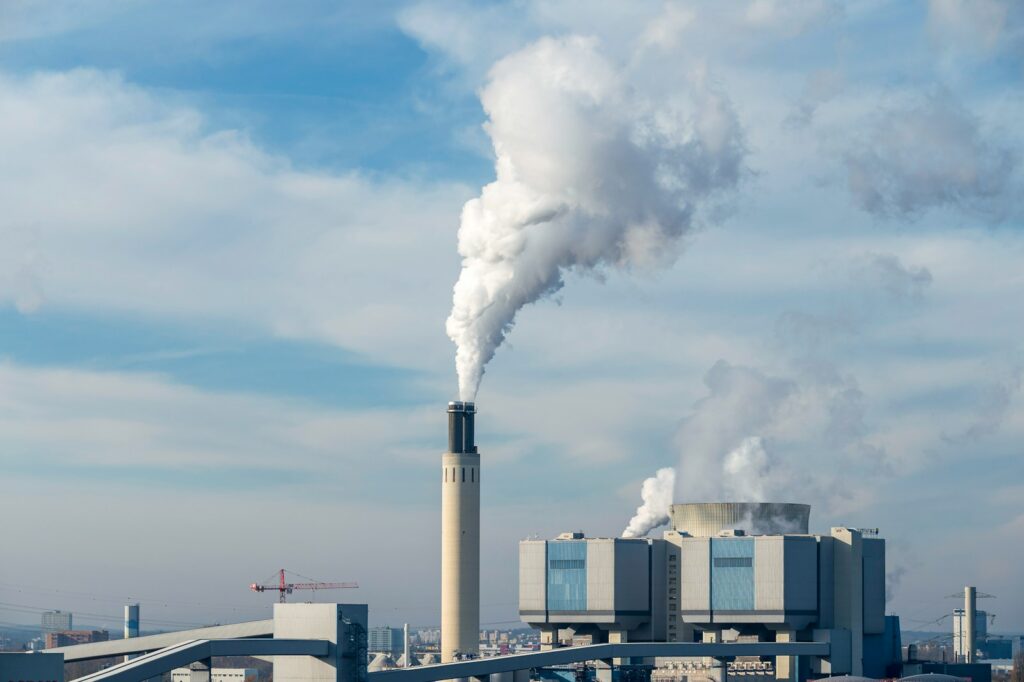
10. **Lingering Environmental Pollution and Its Fate**Even in our complete absence, humanity’s environmental footprint would continue its influence for millennia. While some species, like head lice and human-specific microbes, would likely vanish, and domesticated animals like cows would be outcompeted, resilient creatures such as housecats would adapt as feral mesopredators. The fate of endangered species reliant on human intervention, like giant pandas, would hinge on remaining conditions, though many of their challenges are human-caused.
Perhaps the most enduring legacy of our industrial age would be climate change. Even if global human emissions ceased, temperatures would stop increasing after decades, but the global average would not fall to pre-industrial levels for thousands of years. This protracted timeline could be further extended by already triggered carbon feedback loops, including wetland methane release and permafrost thaw, as Weisman highlights. The chemical composition of the atmosphere, heavily altered by human activity, would thus continue to shape the planet’s climate for generations.
On a localized scale, unmaintained factories and industrial infrastructure would release heavy metals and chemical pollutants into nearby environments, posing significant pressures. Radiation from nuclear meltdowns would also contribute. However, nature’s capacity for dilution and breakdown is immense. Petroleum waste would be broken down by microbes and plants over decades. More persistent organic pollutants (POPs) like PCBs, defying natural breakdown, might linger “until the end of time on Earth,” according to Weisman, though with enough time, they would be “safely buried away,” their acute effects diminishing as Earth’s processes encapsulate them.
Read more about: Unpacking America: 14 Mind-Blowing Facts About the USA You Absolutely Need to Know!

11. **Nature’s Unstoppable Rebound and New Ecological Equilibria**Despite the monumental challenges posed by lingering pollution, climate change, and the mass extinction we’ve already caused, Earth would be far from a barren wasteland. History itself offers a powerful testament to life’s extraordinary resilience. Even after catastrophic events, such as the Permian-Triassic extinction, where 80-90% of marine species and 70% of terrestrial vertebrates perished, life ultimately rebounded. “After every extinction event, this place is devastated, but life is so resilient it comes back,” states Weisman, underscoring a fundamental truth.
In this future Earth, without humanity’s constant shaping hand, new ecological equilibria would emerge. While it is impossible to predict precisely which species might rise to dominate, or if a single dominant species would emerge, a different kind of balance would certainly take hold. Zalasiewicz suggests that “as in past extinctions, the survivors are usually the generalists—small, tough, adaptable.” Creatures like rats, though losing reliance on human structures and food, could potentially find novel ways to exploit new resources and thrive within their large social colonies.
A vivid illustration of nature’s ability to reclaim and conceal our traces can be found in places like Tikal, the ancient Mayan citadel deep within Guatemala’s rainforest. Alan Weisman observed that many “hills” in the dense rainforest were, in fact, unexcavated pyramids and cities, highlighting “how fast nature can bury us.” This phenomenon demonstrates that while our impact is profound, it is not eternal. The planet, with its vast wilderness, would stoically march on, transforming concrete jungles into grasslands and dense stands of trees. These new landscapes would provide fodder for lightning-sparked fires, further transforming cities into biologically rich environments within centuries.
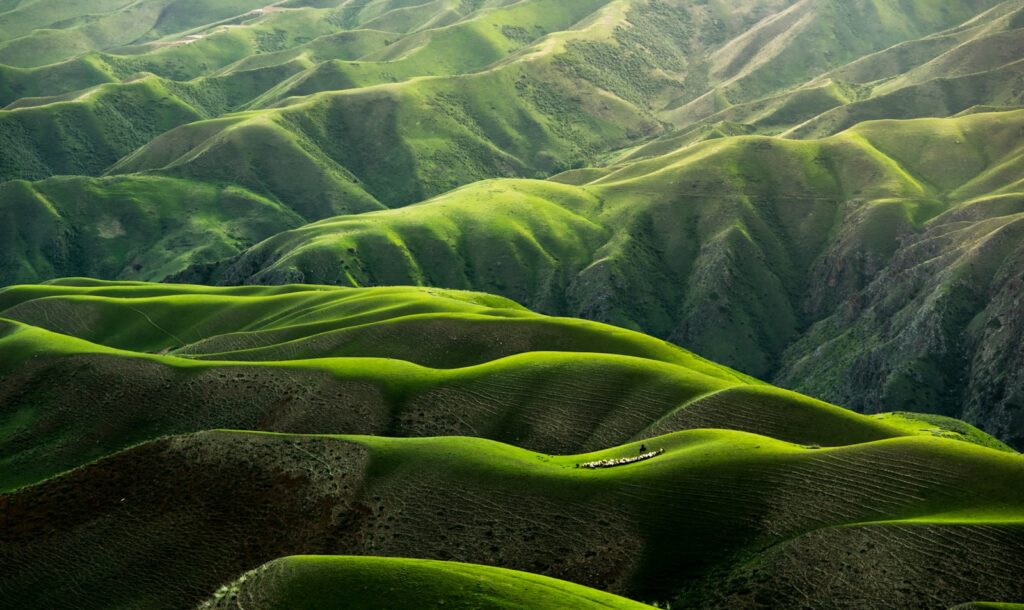
12. **Earth’s Journey Beyond Humanity**In the grand cosmic scheme, humanity’s absence would mark a significant chapter in Earth’s story, yet by no means its conclusion. Our planet, a vibrant sphere teeming with life, does not “need” us to persist. It would continue its ancient dance around the sun, its geological and biological processes unfolding unimpeded by human intervention. Life, in its myriad forms, would endure, adapting and evolving, until an entirely different, astronomically distant threat finally looms.
That ultimate end for terrestrial life would arrive billions of years from now, when our sun, having consumed much of its hydrogen fuel, begins its final death knell. As it expands into a red giant, its swelling inferno would engulf or incinerate the inner-ring planets, including Earth. Weisman paints a stark picture, stating that “all the inner-ring planets will probably turn into cinders.” This colossal stellar transformation would represent the true, unavoidable conclusion for life as we know it on our world.
However, even as Earth is irrevocably altered by its dying star, the physical traces of humanity’s tenure, albeit buried and transformed, would persist within the planet’s very fabric. Geological strata, the layers of rock and sediment that chronicle Earth’s history, would forever bear the imprint of our species. “As long as the Earth persists and has recognizable strata, the signs of humans will persist,” asserts Zalasiewicz. Our cities, our waste, and the evidence of the climate change we precipitated would become a permanent, albeit deeply buried, part of Earth’s geological record—a silent, enduring testament to the brief but impactful era of human dominance.
Read more about: Unlocking the Universe’s Secrets: The Breakthrough Decoding of a 200-Million-Year-Old Space Signal
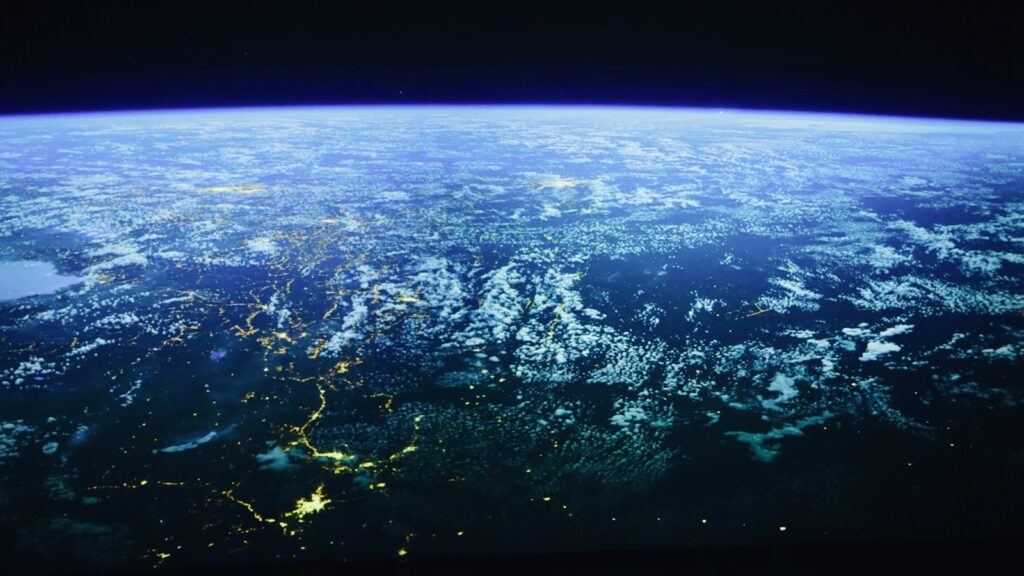
13. **Humanity’s Cosmic Whisper: The Enduring Astronomical Legacy**While our physical structures on Earth would eventually crumble into dust or become fossilized within its geological layers, a small, intrepid fragment of humanity’s existence would venture far beyond our planetary confines. Deep in the cold, silent expanse of interstellar space, the Voyager spacecrafts continue their epic journey, carrying a golden record—a meticulously crafted message from Earth. These probes, built to persist for eons, serve as humanity’s most audacious and enduring astronomical legacy.
Launched in the late 1970s, the Voyager missions have already exited our solar system, traveling through the vast emptiness between stars. They are cosmic time capsules, designed to carry evidence of human civilization to potential distant alien worlds. Barring an improbable collision with a celestial body or succumbing to a black hole, these incredible artifacts are destined to traverse the cosmos for billions of years, far outliving any trace of human presence on Earth.
As Alan Weisman speculates, “If I had to place a bet—and it’s a safe bet because no one will ever be able to collect on it—I would say those are going to be the longest lived human artifacts out there.” These tiny, metallic messengers, silently sailing through the abyss, represent humanity’s faint, yet eternal, cosmic whisper. They embody our species’ drive to explore, to communicate, and to leave a lasting mark, not just on our home planet, but potentially across the boundless universe, an enduring astronomical testament to the civilization that once thrived on a small blue marble.
Ultimately, pondering a world without us isn’t merely morbid curiosity; it’s a profound lens through which to examine our own existence and impact. It reveals nature’s incredible resilience, its capacity to reclaim and regenerate, and the long shadow cast by our actions. More than just comforting us that Earth would “ultimately be fine” as Weisman suggests, this imaginative journey serves as a powerful call to mindfulness. By seeing how beautifully nature could rebound and heal the scars we’ve left, we are prompted to consider if there’s “possibly a way to add ourselves back into this picture of a restored Earth,” not as its masters, but as integrated, responsible inhabitants. The planet’s future, with or without us, continues its vast, ancient rhythm, inviting us to find our place within it, before our chapter truly closes.


